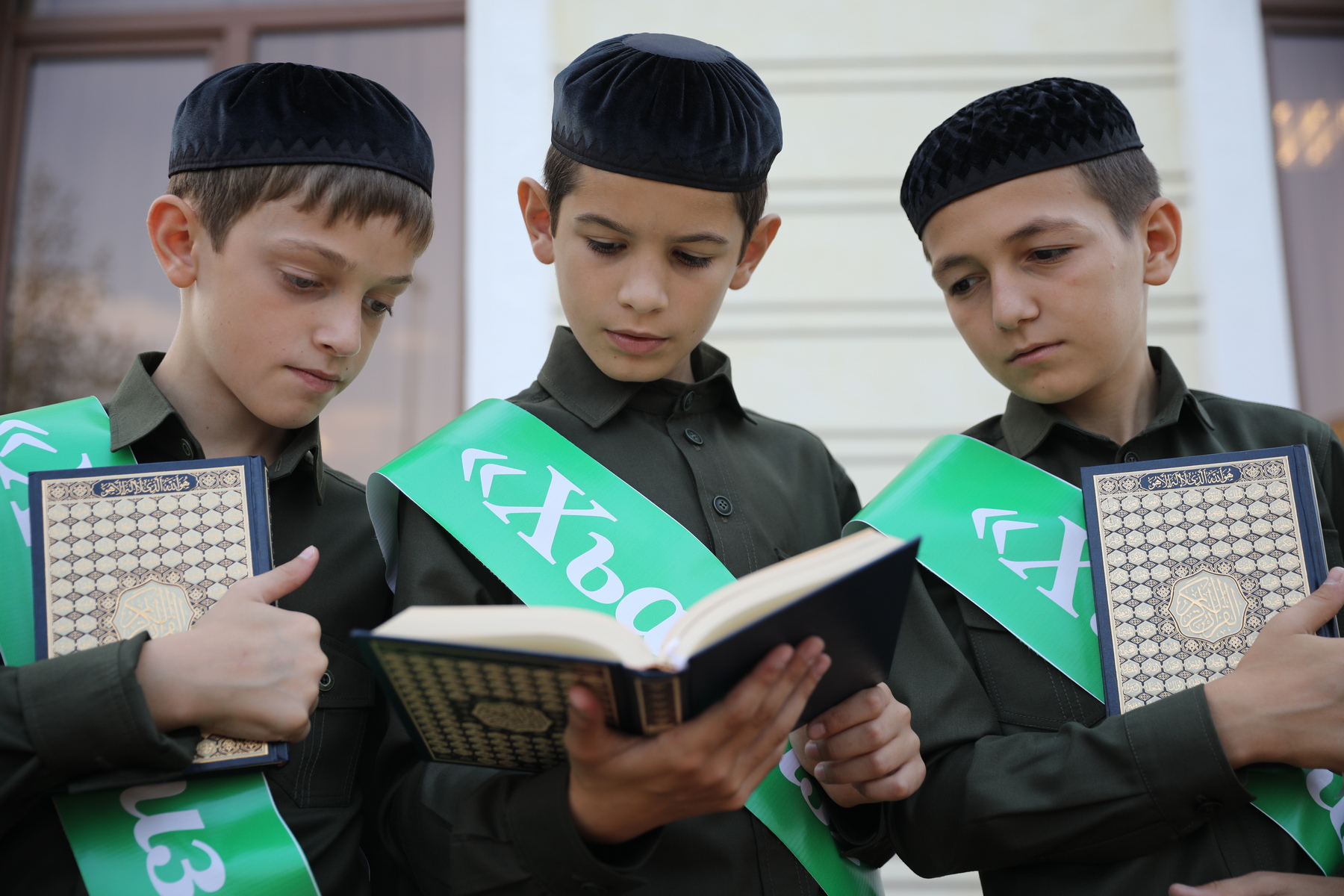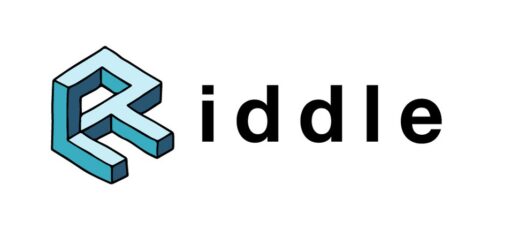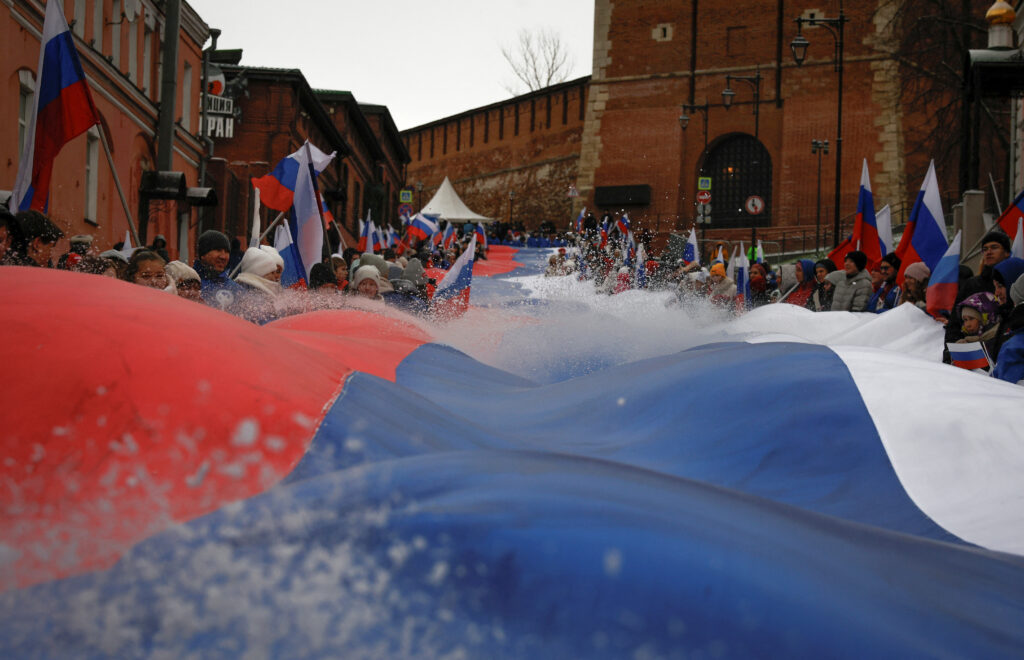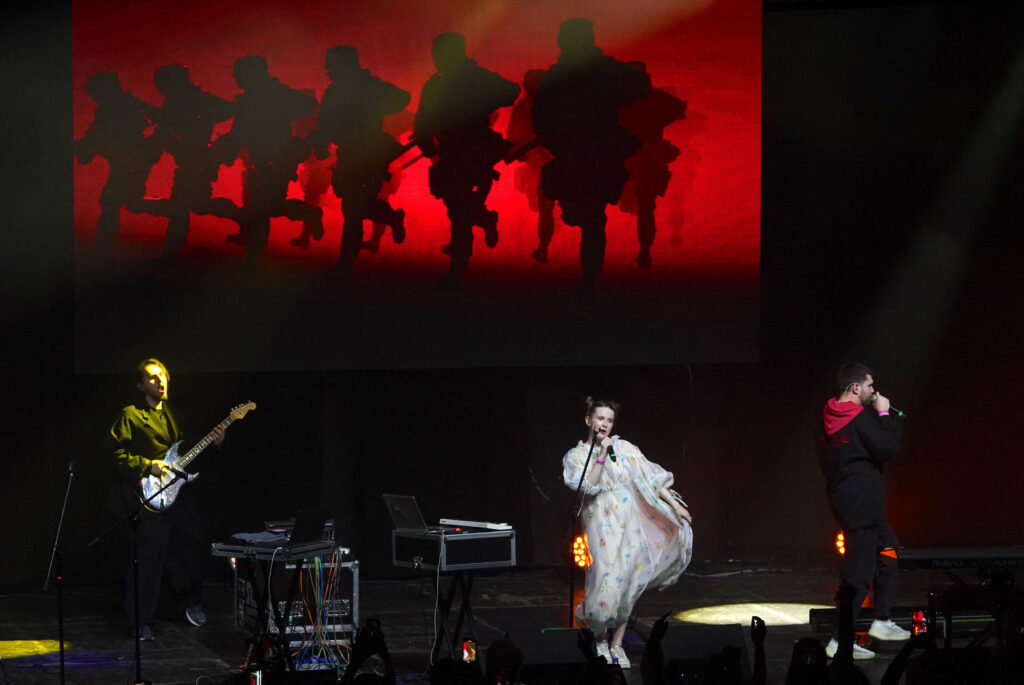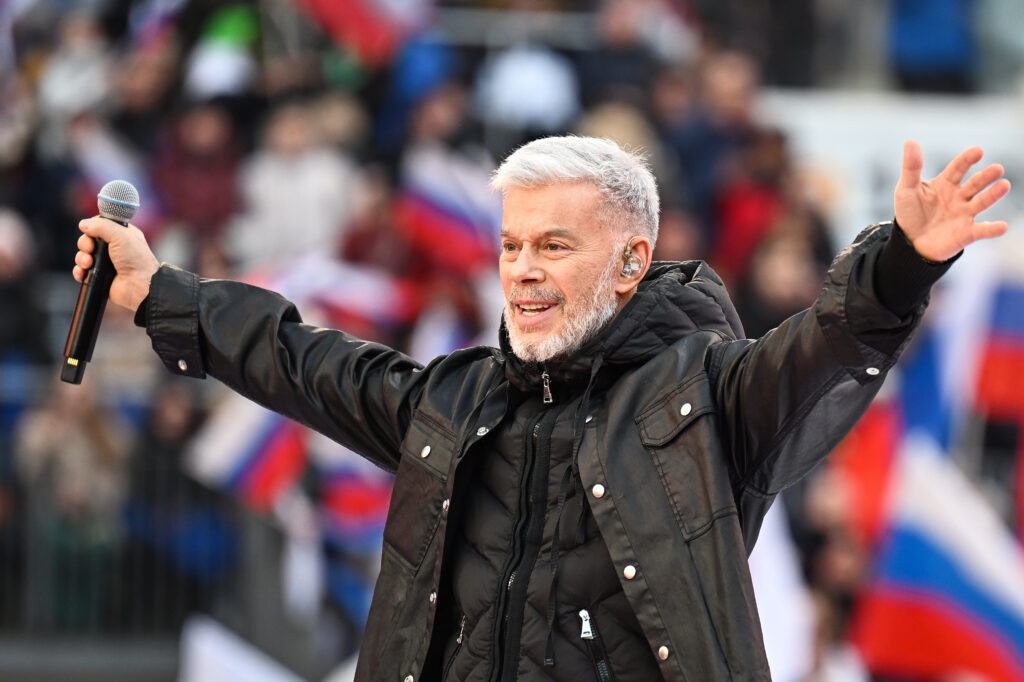After the collapse of the Soviet Union, religion and Islamic education were in high demand in the former republics in the North Caucasus, where the suppression of any manifestation of religiosity by the Soviet authorities was felt most acutely. The early post-Soviet period saw the chaotic emergence of many Islamic educational institutions. In Dagestan, for example, between 1987 and 1996, 670 maktabs, 25 madrasas and 13 Islamic universities appeared, with dozens of regional branches.
However, the Islamic regions of Russia are facing a huge problem of radicalisation of ordinary Muslims and their involvement in terrorist activities. The North Caucasus remains a region torn by conflicts which have only been aggravated since Russian air force operations in Syria. These trends, as well as the fact that the North Caucasus currently has the largest number of Islamic educational institutions in Russia (out of about 100 Muslim educational institutions registered by the Russian Ministry of Justice, most are in Chechnya and Dagestan), make this the most influential region in terms of the possible transformation of the Islamic education system. In the absence of a proposal from the state, Islamic education may be taken over by local semi-legal and illegal schools which will distort it.
The system of Islamic education which is currently being revived and institutionalised could potentially be a solution to the problem of youth radicalisation, but the steps being taken are often not aligned with real needs.
Evolvement of an Islamic education system in the North Caucasus
The system of Islamic education in the North Caucasus, which started to take shape in the first centuries when Islam appeared in the region, consists of a maktab (Muslim primary school) and a madrasa (an analogue of secondary school). Despite certain limitations, this system was quite effective and had a positive impact on the general level of education among the region’s population. Islamic education was prestigious and in demand. In addition, it was often the only way for highlanders to acquire knowledge.
Early on, South Dagestan established a successful system of Islamic education which trained students and teachers not only for its own region but also for neighbouring ones. The system of Islamic education was independent of the state and secular power. It was maintained mainly through voluntary donations from students’ parents, annual almsgiving (zakat), etc. At the same time, Islamic institutions were recognised by the imperial government. From the second half of the 18th century up to 1917, there was a rapid increase in the number of mosques, madrasas and maktabs in Turkic-speaking regions, including the Middle and Lower Volga, Western Siberia and the Southern Urals. Traditional Islamic education among the inhabitants of the Middle Volga Region in tsarist Russia contributed to the Islamisation of the Turkic peoples in that region and laid the foundation for the development of modernist Islam in Russia.
The ideology of Jadidism (Islamic modernism, ‘reformation’) spread in the second half of the 19th and early 20th centuries, and attempts were made to introduce new methods of instruction, including an expansion of the range of subjects taught at the expense of secular subjects, including the Russian language. Jadidism was aimed at preparing Muslim intellectuals to address the political and ideological problems facing Russian Muslims. By the early 20th century, the system of Islamic education had two components:
- A traditional component related to the classical principles of Muslim theology: In this case, education was aimed at solving problems within the faith community. It was not adapted to the circumstances in Russia, and graduates were not in demand outside the ummah itself.
- A Jadid component: Graduates educated in this tradition were given the opportunity to integrate more easily into different spheres of Russian society.
Although the described ideas of reform movements were not widespread in the North Caucasus, most conservative legal scholars saw no problem in introducing students to the humanities and natural sciences. Secular disciplines were taught in many madrasas early on in Dagestan; madrasas often became centres for not only religious but also secular scholarship.
Still, by the beginning of the 20th century, no cohesive system of Islamic education had taken shape in Russia. And even that which had been formed in pre-revolutionary Russia was virtually destroyed under Soviet rule (so it can be argued that the system of Islamic education has been in the process of institutionalisation from the collapse of the USSR until the present day). Islam was ousted from public and cultural life in the country. The main effect of these processes was on Islamic secondary and tertiary education, while primary education was largely preserved but became more private, home-based and clandestine.
Post-Soviet re-Islamisation in the North Caucasus was largely a response to the suppression of religious identity by the Soviet authorities. On the whole, we can say that the post-Soviet period was a time of religious enthusiasm and upheaval: after several decades of proclaimed atheism, religion began to play an important role in people’s lives again. As a consequence, various Muslim educational institutions began to appear. The emergence of the first ones dates back to the late 1980s. As a rule, these were institutions funded by foreign Muslim charities. The system of Islamic education after the collapse of the USSR generally began to recover, but in fact it reproduced the traditional component characteristic of the early 20th century. The Soviet authorities’ suppression of religiosity and Islamic education led to a situation where the level of education offered by post-Soviet institutions of higher learning corresponded to that of secondary or even primary schools. Official Islamic education was challenged by Wahhabi educational institutions, whose curriculum included a strong ideological component and military training. It is worth recalling that the term ‘Wahhabism’, as applied to this period in the North Caucasus, referred to any fundamentalist ideas, including those not related to the religious ideas of Muhammad ibn Abd al-Wahhab.
One of the main trends among Muslim youth in the 1990s was to seek higher Islamic education abroad. The inability to obtain quality Islamic education at home pushed many young people to go abroad to study, which resulted in the assimilation of ideas and traditions not characteristic of Muslims in Russia, sometimes including radical attitudes. Thus, according to some estimates, in the 1990s, some 3,000 natives of the North Caucasus were educated at Islamic educational centres abroad. Many of them were subsequently detained in Russia during anti-terrorist operations.
The noughties saw a halt of the unprecedented growth in the number of Islamic educational institutions, the formation of a cadre of experienced teachers of religious disciplines and consistent curricula. In 2010, in order to facilitate the consolidation of Islamic education, the Russian Council of Muftis established the Council for Islamic Education (CIE), which initially represented more than twenty educational institutions run by various Islamic administrations and Muslim organisations. Subsequently, the list of secondary and tertiary educational institutions was expanded.
In 2006, the Russian Council of Muftis developed the Concept for the Development of Islamic Education in Russia, which outlined the main framework for Islamic education and an action plan, including approval of educational standards, attestation of Islamic educational institutions, unification of diplomas, etc. The 2015 Concept for Training Specialists with Advanced Knowledge of the History and Culture of Islam focused on countering the spread of radical Islamic ideas to a greater extent.
Present-day situation and challenges
Since the collapse of the Soviet Union, an extensive network of Islamic educational institutions has emerged in the North Caucasus in response to a growing demand for religious self-expression. As in the old days, the present-day Islamic education system has several tiers. The first, elementary, tier originates in the family and religious groups in mosques. It is aimed at building religious and moral capacity. The second tier, the most formative level, is represented by madrasas and is associated with the acquisition of learning skills and the development of practical skills. The third tier comprises Islamic institutions of higher learning and provides opportunities for professional development. Regarding the number of pupils and students, it is very difficult to keep statistics on the elementary level because these courses are not registered. The number of students in, say, Dagestan’s madrasas averages between four and five thousand a year, while up to three thousand are educated at Islamic universities.
The increased demand for Islamic education is also linked to certain challenges for the Islamic education system, namely:
- Graduates’ failure to find employment corresponding to their field of study. Young people choose Islamic educational institutions as a religious career trajectory with relatively clear prospects of finding a job in the future, but in reality the field of work for graduates is often limited to religious or academic fields. As a result, they have to look for alternative options, including, for example, working in the Russian Federal Penitentiary Service to prevent the radicalisation of prisoners.
- Failure to meet the full demands for religious expression. At present, religious upbringing offered by Islamic educational institutions can easily be overtaken by radical movements that offer appealing pictures of their activities to young people and use aggressive recruitment techniques.
- Unappealing teaching techniques. The main methodological hurdle is Islamic higher educational institutions’ focus on Koranic studies in its basic incarnation — reading and memorising the text of the Koran. Students’ graduation examination is often reduced to the recital of surahs they have memorised. In the absence of subjects aimed at developing skills in critical interpretation of the holy text, students and graduates find themselves particularly vulnerable to various kinds of interpretations, including those of a radical nature.
- The lack of integration of Islamic education into the general educational space and needs of the labour market in Russia. This refers to the insufficient state regulation of this aspect of education and the absence of unified diplomas, which could facilitate the employment of many of the graduates of Islamic educational institutions.
The Russian government and public authorities see the need to promote Islamic education and integrate it into a single educational space. The key participants in the implementation of the strategy for the development of Islamic education in Russia include the Muslim Spiritual Authority, the above-mentioned CIE, Islamic universities, centres for professional development and retraining of imams and teachers of Islamic educational institutions, madrasas, the Islamic Culture Support Foundation and state universities that promote Islamic education.
The key message from the state in relation to Islamic universities in this case is a call for the standardisation of curricula and the expansion of the range of secular subjects, which just might help unify the system of Islamic education. Nevertheless, it is worth bearing in mind that Islamic higher educational institutions in the North Caucasus are currently performing the function of socialising a stratum of young people who may be prone to radicalisation and who have a strong demand for the religious component of education. In this case, the prospect of receiving a ‘standard’ university education, even if it has an Islamic component, will not be consistent with strategies for building their self-identity.
Moreover, one cannot speak of a uniform Islamic discourse in the muftiates of Russia’s regions. The idea of building a single system unified by secular educational standards looks at the very least artificial and disconnected from the real demands for education on the part of Islamic communities. The expert in Islamic studies Igor Alekseev calls the creation of such a system a purely technical issue but notes that it will be anything but Islamic: ‘At best, it will be a secular education with an Islamic component suitable for training officials and administrators in the field of state-confessional relations, but it will not have a say in the religious milieu, because the qualification of a Muslim scholar — theologian or lawyer — is not in any way defined by the public educational standards of the Russian Federation.’
On the other hand, there are well-established and centuries-long traditions of Islamic education in Middle Eastern centres such as the Al-Azhar University in Cairo or the Imam Mohammad Ibn Saud Islamic University in Riyadh. Their curricula have been tested for decades, and their credibility among the Muslim ummah is high. This could be a strong incentive to enrol in an institution established at least formally according to such a model. In addition, the range of sectors for graduates’ employment is quite wide — academic, spiritual or medical. It is also possible to get a well-paid job as a translator after graduation.
The Russian state, however, is wary, sometimes with good reason, of religious ideas introduced from abroad. Thus, inviting foreign teachers or developing student exchange programmes may be perceived as a breeding ground for ideas alien to Russian Islam and, as a consequence, the potential radicalisation of youth.
It is noteworthy that the concept of traditional Islam in Russia is extremely vague and is usually directly linked with loyalty to the existing political agenda. In this sense, in the context of the prospects for the development of the system of Islamic education in Russia, we could only speak of laying the foundations for a Russian school of interpretation of Islam, principally through the system of Islamic education. As has already been noted, attempts to impose a single all-Russian system in this case appear artificial and incapable of meeting the religious demands of the population.
Thus, in the context of a possible reform of the Islamic education system in Russia, two dimensions can be distinguished.
The first, which is short-term, involves modernising the teaching format itself by adding a pool of general humanities subjects and disciplines that encourage students to develop skills in critical thinking and independent interpretation of texts. In the long run, this could form the basis for the ‘Russian Islamic tradition’ and its own theological school.
As for the long-term prospects, it would be possible to turn to the experience of the world’s leading religious educational centres (primarily the Al-Azhar University) and build the branding of the Russian education system on their model and with reference to them, as well as establish the training of its own qualified teaching staff. This could help to maintain the high prestige of educational institutions among young people, including those prone to radicalisation, and the inflow of students to universities, as well as further resolve many staffing issues, since graduates would have the opportunity to work not only in the academic and spiritual spheres but also at the junction of religious and secular fields.
*This article is part of the ‘Reforms’ series prepared by Riddle in partnership with Reforum project.
